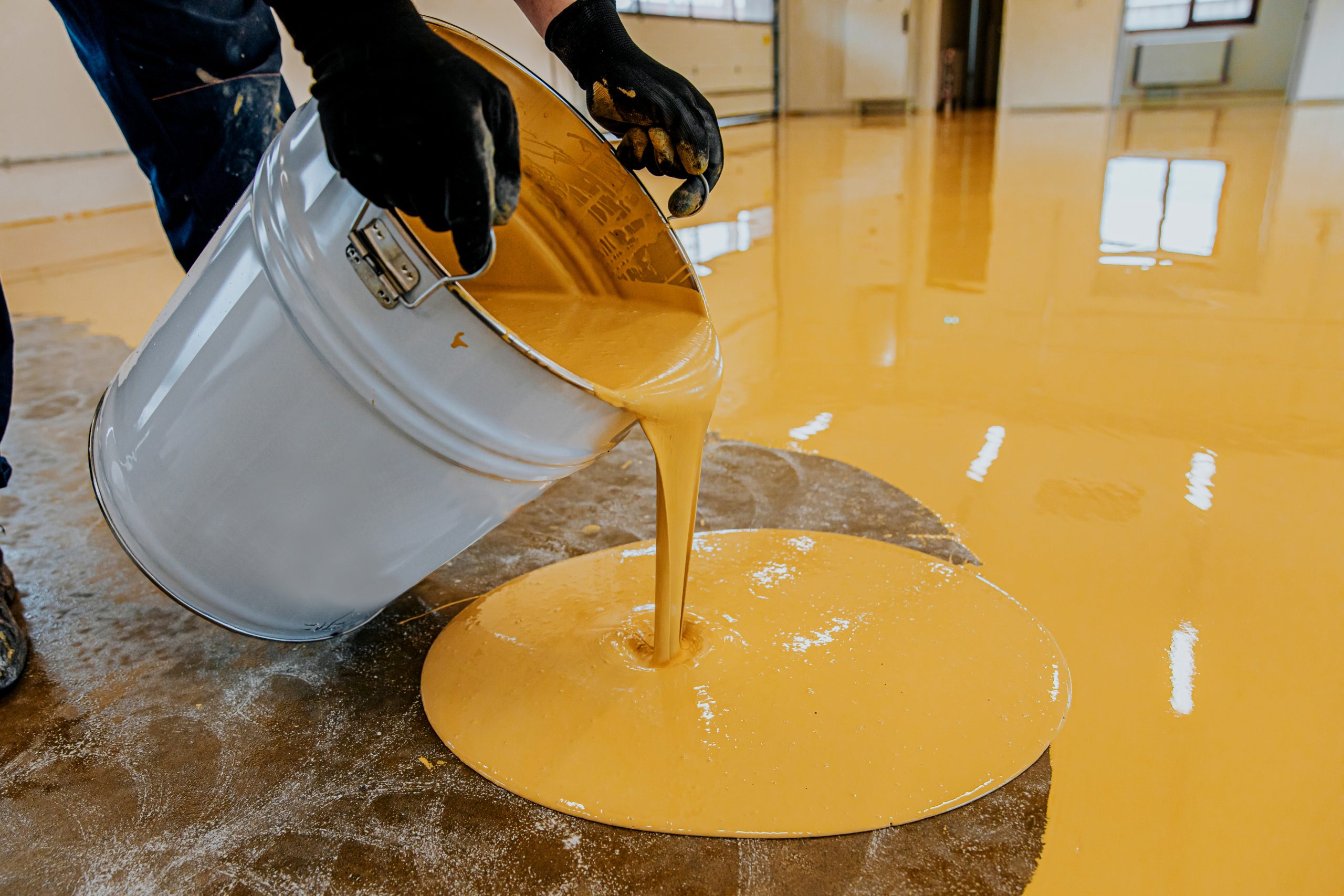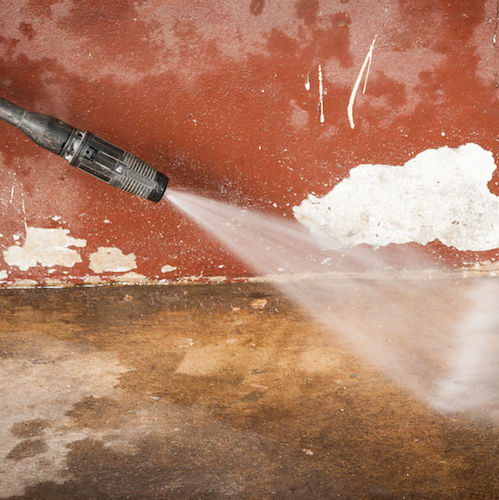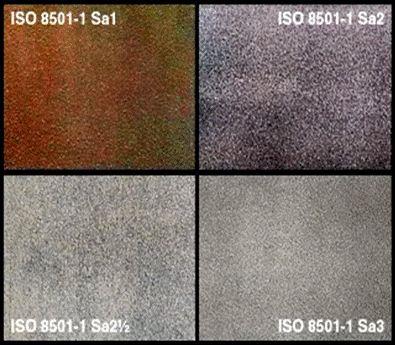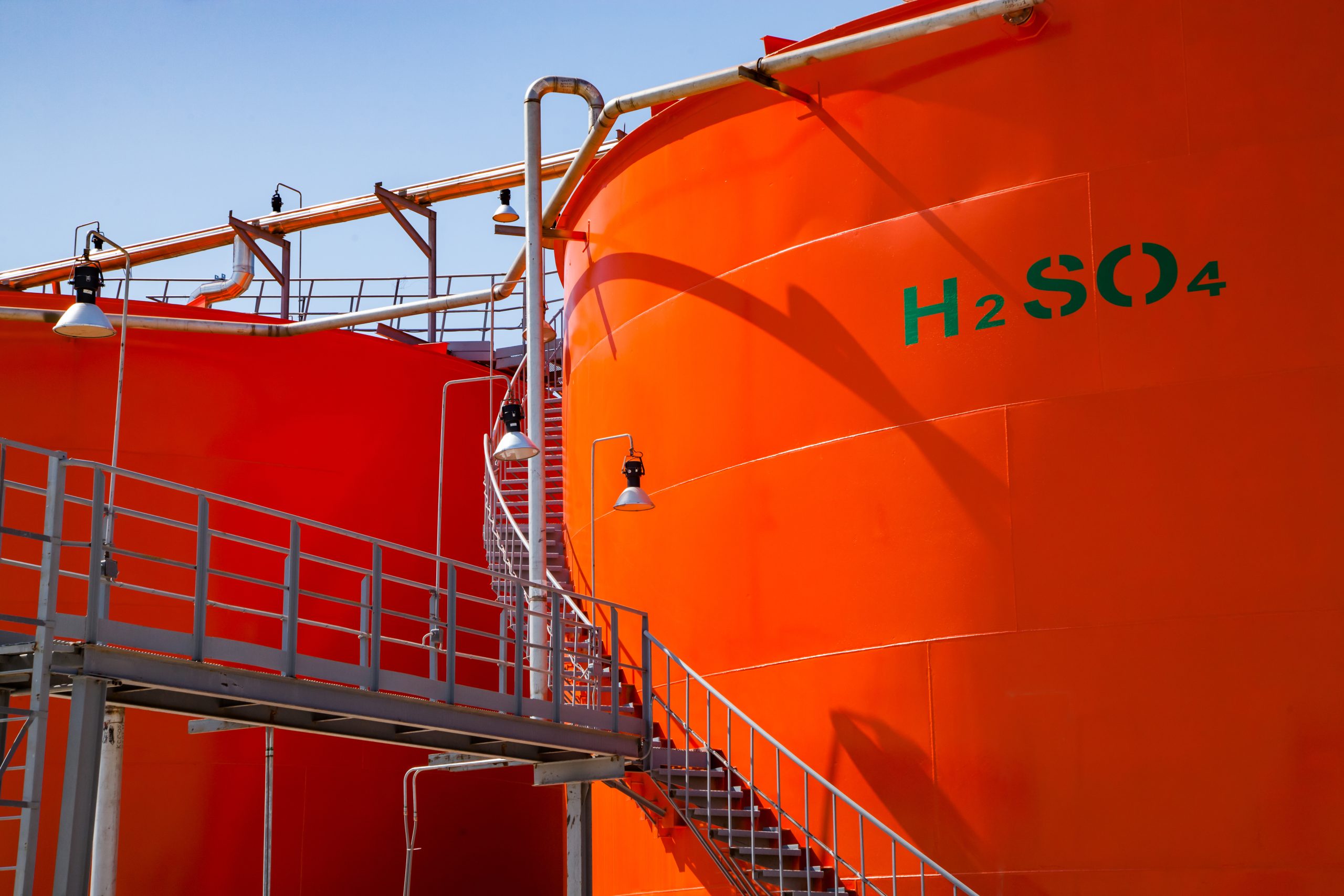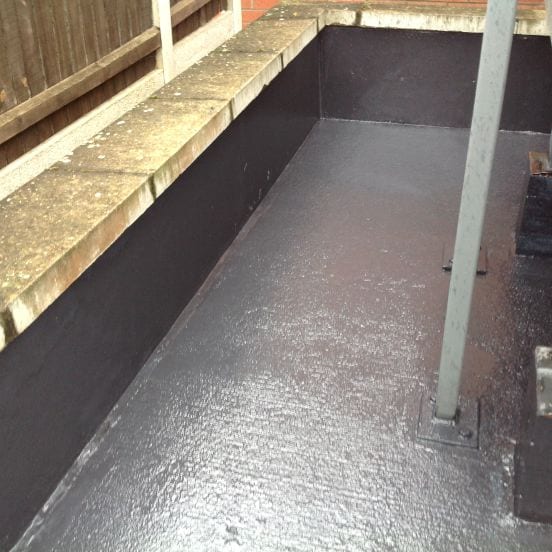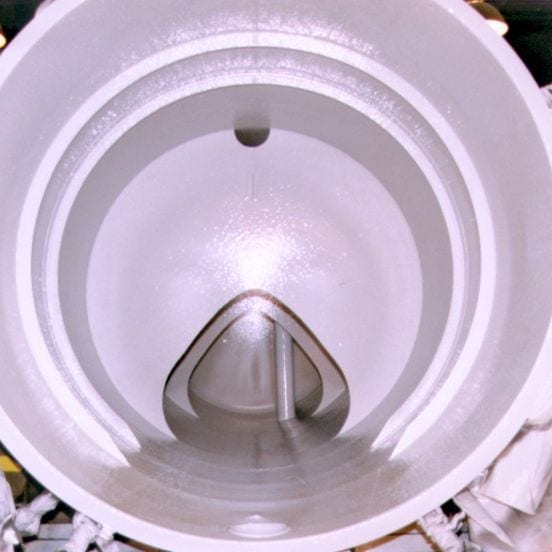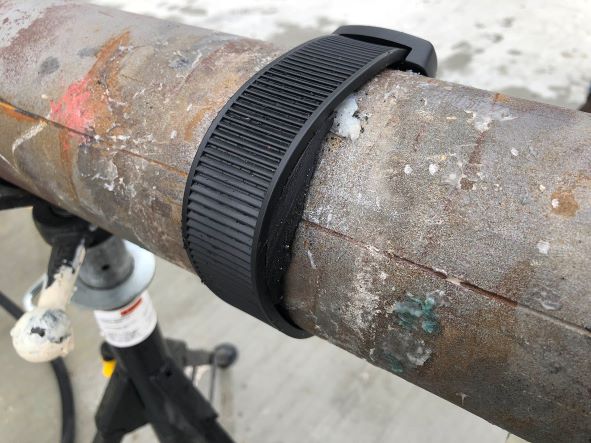Proper surface preparation is crucial for achieving a strong and durable bond between concrete and our epoxy coatings. Here are the general steps for preparing concrete surfaces for epoxy coatings:
Clean the concrete surface:
Remove any dirt, debris, oil, grease, or other contaminants from the concrete surface using a pressure washer, degreaser, or other suitable cleaning method. The surface must be completely clean and free of any loose material or coatings.
Evaluate the concrete surface:
Check the concrete surface for any cracks, spalls, or other defects that need to be repaired before applying the epoxy coating. Use a suitable patching or repair compound such as M-CRETE 100 Lightweight Epoxy Repair Mortar for vertical surfaces or M-CRETE 200 Heavy Duty Epoxy Screed for horizontal surfaces to fill and smooth any surface irregularities.
Profile the concrete surface:
Use a mechanical or chemical method to create a suitable profile on the concrete surface to enhance adhesion of the epoxy coating. Mechanical methods include shot blasting, scarifying, or grinding, while chemical methods involve using acid etching or a suitable surface conditioner. The appropriate method will depend on the condition of the concrete and the type of epoxy coating being used.
Remove dust and debris:
Thoroughly clean the concrete surface of any dust, debris, or residue created during the profiling process. Use a vacuum, blower, or other suitable method to ensure the surface is completely clean.
Apply a primer:
Depending on the type of epoxy coating being used, a primer may be required, we suggest M-PRIME 104 Damp Tolerant Epoxy Primer to enhance adhesion and prevent any potential outgassing or bubbling. Apply the primer according to the manufacturer’s instructions and allow it to dry completely before applying the epoxy coating.
Apply the epoxy coating:
Apply the epoxy coating according to the the data sheet instructions, using a suitable method such as rolling, brushing, or spraying. Work in small sections and avoid over-applying the coating to prevent any potential issues with bubbles or unevenness.
Correct surface preparation is critical for achieving a strong and durable bond between concrete and epoxy coatings and can help to ensure the longevity and performance of the coating system. It is important to consult the manufacturer’s data sheet fro each material used.

